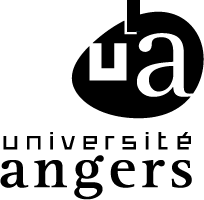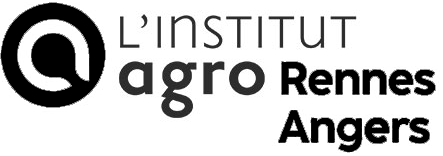- Orientation / insertion professionnelle
EU GREEN Research webinars - 12/02
-
Le 12 février 2025false false
You are invited to the webinar
Les espèces exotiques envahissantes (EEE) sont un sujet largement débattu dans la communauté scientifique. Le transport intercontinental de matériel végétal entraîne naturellement le transfert d’agents pathogènes, ce qui peut avoir des conséquences dévastatrices sur les cultures locales et la flore indigène.
L’établissement réussi d’une espèce exotique après son introduction dépend de divers facteurs, notamment de sa capacité à surmonter la résistance environnementale. Plusieurs hypothèses décrivent ce phénomène, mais seules quelques-unes – l’évolution de la capacité compétitive accrue (EICA), l’hypothèse de la libération de l’ennemi (ERH) et l’hypothèse de la nouvelle arme (NWH) – abordent l’influence des agents pathogènes locaux et étrangers sur l’établissement des invasions. Indirectement, ces hypothèses expliquent et prédisent également des phénomènes tels que le débordement et le retour en arrière des phytopathogènes.
Le débordement est un processus par lequel un agent pathogène ou un ravageur étranger, transporté par une espèce exotique envahissante vers une nouvelle zone, infecte les organismes locaux. L’impact sur la plante exotique envahissante, avec laquelle l’agent pathogène coexiste depuis des années, est généralement moindre que sur la nouvelle plante hôte. Comme le suggèrent Strauss et al. (2012), la propagation des agents pathogènes des EEE peut affecter de manière significative les plantes indigènes et peut même conduire au processus d'invasion, favorisant ainsi l'avantage des EEE sur les plantes indigènes. En revanche, les répercussions décrivent l’impact des agents pathogènes indigènes qui trouvent une niche dans les EEE et augmentent considérablement leur population dans l’environnement, affectant ainsi négativement leurs hôtes indigènes d’origine. Compte tenu de cette dynamique, il est crucial de mener des recherches sur les pathogènes des plantes envahissantes, le transfert de pathogènes exotiques et leur impact sur les plantes indigènes et cultivées.
L'objectif de cette présentation est de synthétiser différentes études menées par notre équipe sur les pathogènes des espèces exotiques envahissantes (EEE) et de mettre en évidence les menaces phytosanitaires potentielles associées à la propagation des plantes envahissantes en Europe. Nous aborderons les questions clés liées aux phénomènes de débordement et de rétroaction, en nous appuyant sur des études pluriannuelles (2017-2024) du mycobiote de l'érable boxelder, du cerisier noir et de l'impatiens en Pologne. La présentation donnera un aperçu des défis et de l'importance d'identifier avec précision les champignons habitant les plantes exotiques, y compris les espèces telles que Taphrina spp. et Colletotrichum spp. De plus, nous présenterons le mycobiome des plantes exotiques envahissantes comme source d’espèces fongiques d’origines diverses jusqu’alors non décrites. Je présenterai nos récentes découvertes, mettant en avant les villes comme des points chauds pour la diversification des mycobiotes EEE et leur impact sur la compétition de pollinisation. Enfin, j'aimerais discuter des sujets sur lesquels nous recherchons actuellement et de nos prochaines étapes prévues.
Mots clés : phytopathogènes, invasion biologique, espèces végétales envahissantes, hypothèse de libération d'ennemis, champignons, agents verts
Public cible : Étudiants en master, doctorants, postdoctorants, chercheurs






